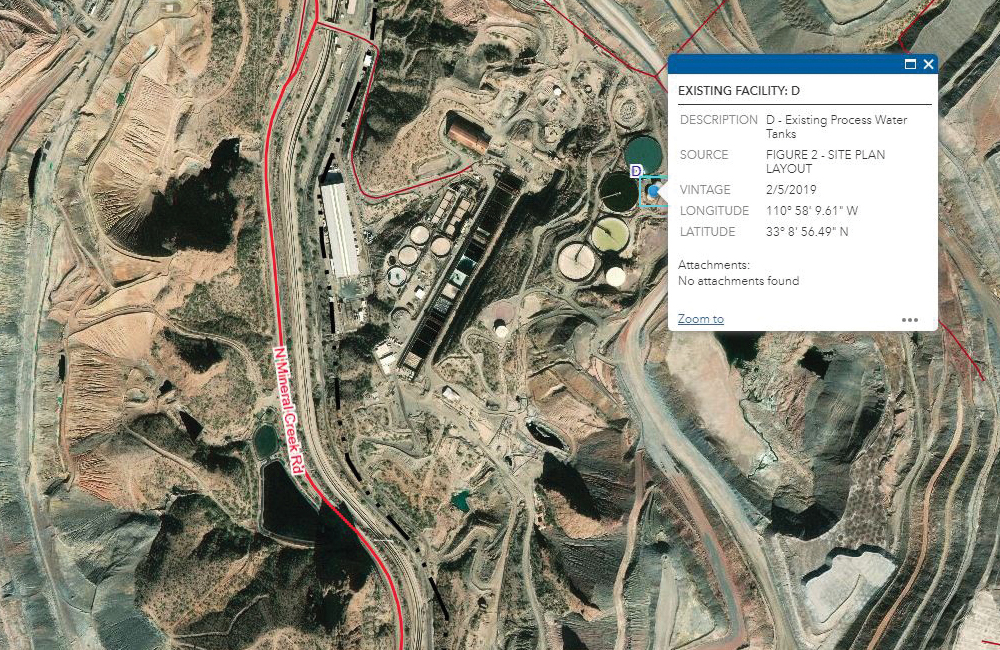COST VS. VALUE
Business technologies and greater connectivity generate ever-increasing amounts of data at the project and enterprise levels. While these technologies have streamlined functional tasks, they have not enhanced the decision-making process. Rather, managers and decision‑makers are increasingly burdened with an overload of information that takes significant time and effort to analyze. Each new technology adds to the challenge.
Program management tools, which encompass best practices and project controls, are not industry-specific and typically do not require comprehensive enterprise IT changes. Today, these tools integrate with existing platforms, such as AutoCAD, Primavera P6 and Oracle financial platforms, to aggregate and disseminate data in real time. Online dashboards filter information based on an individual’s roles and responsibilities.
Unmanned aerial vehicles (UAVs), for example, have the potential to dramatically reduce on-site operational costs by reducing the need to deploy survey teams and other staff for specific business functions. UAVs can provide visual data to enable site-specific calculations of material movement; identify environmentally sensitive areas and areas that pose safety risks; and validate environmental compliance requirements. Rather than UAV data merely adding to the increasing flow of project data, integration with a project management tool provides richer levels of detail to site-specific work and facilitates faster decision‑making.
The ability to seamlessly integrate with existing and planned technology platforms is critical for organizations operating within narrow profitability windows. Cost associated with IT upgrades, particularly within construction-intensive industries, has long inhibited widespread adoption. However, program management tools with data visualization are designed to integrate with existing and emerging tools, prolonging the life of previous IT investments.
Program management with data visualization generates value across the enterprise. Functional groups can better plan and optimize resources. Project managers are able to adapt in the field to maintain cost and schedule commitments. Capital projects are prioritized based on value and overall benefit to the organization. Quantifiable value gained through access to relevant, usable data provides companies with an immediate and sustained return on their technology investment.

